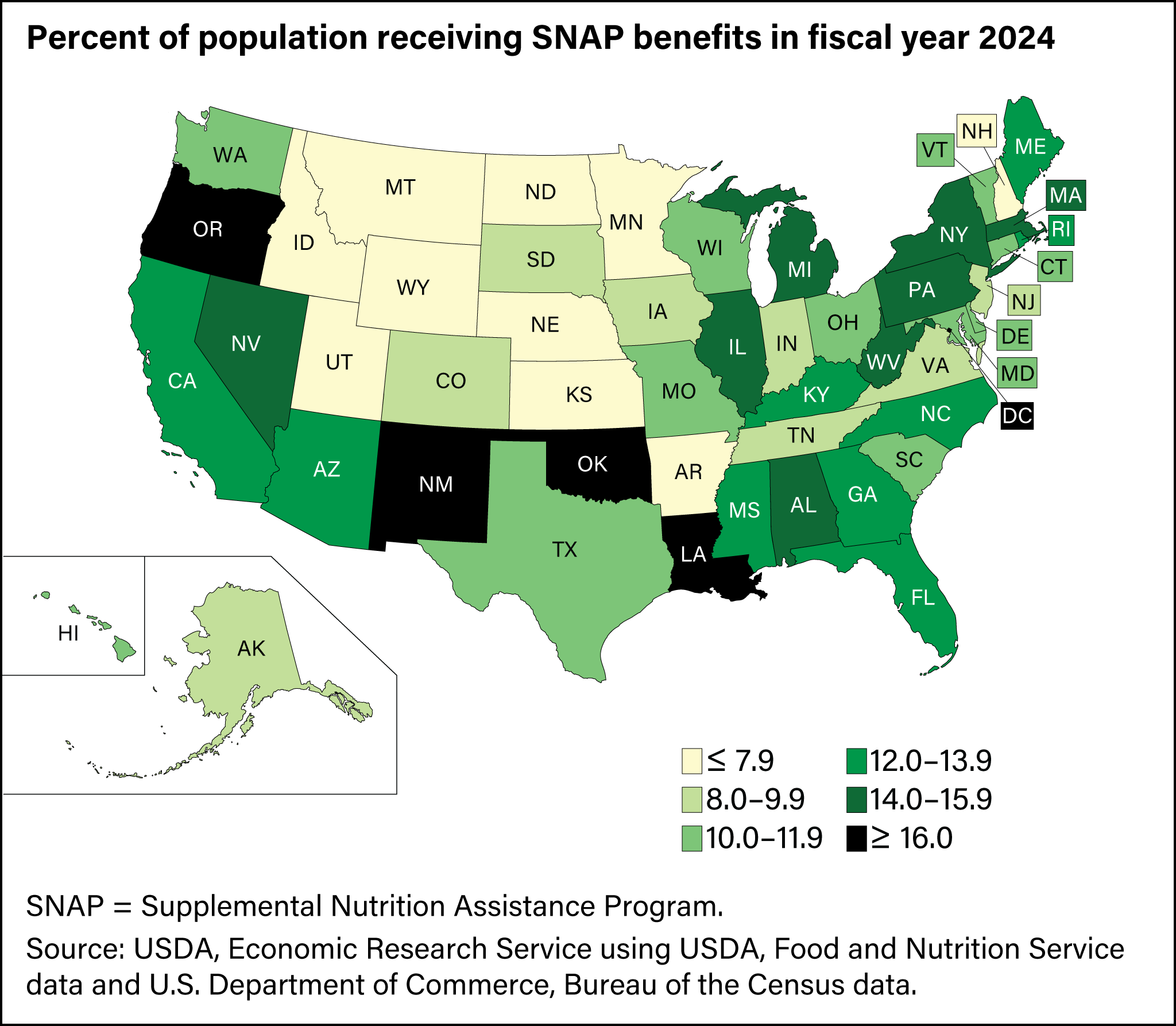Addressing Nutrition Insecurity:
Resource Kit for Psychiatrists
10/30/2025
Dear Colleagues,
As you may be aware, the U.S. Department of Agriculture (USDA) has notified states that there will be insufficient federal funds starting in November to pay Supplemental Nutrition Assistance Program (SNAP) benefits. Additionally, federal SNAP work requirements for most able-bodied adults without dependents will take effect on November 1, 2025, following federal guidance issued on October 3, 2025.
Because of these policy decisions, an estimated 42 million Americans may lose food assistance. Because nutrition insecurity directly impacts physical and mental health, psychiatrists should prepare for increased psychosocial and treatment challenges, including consideration of the following items:
1. Consider Screening for Nutrition Insecurity
Consider asking questions about nutrition during the course of the regular clinical interview. For those interested in a brief, validated screening assessment, the 2-item “Hunger Vital Sign” is an option.
Within the past 12 months, we worried whether our food would run out before we got money to buy more.
Within the past 12 months, the food we bought just didn’t last and we didn’t have money to get more.
Responses options include [often true/sometimes true/never true].
Responses of “often true” or “sometimes true” indicate a positive screen.
2. Addressing Medication-Food Interactions
Several psychiatric medications require food for absorption or tolerability. If food availability is uncertain, consider alternative agents or closer follow-up.
Lurasidone and ziprasidone require consistent access to meals of ≥ 350 calories
Some patients may have increased nausea if medications are not taken with food, specifically including vilazodone, vortioxetine, cariprazine, SSRIs, SNRIs, lithium, and depakote.
3. Patient Education
Some patients may preemptively cancel appointments due to concerns about affordability and may need to be reassured that the recent SNAP benefit changes do not alter coverage or out-of-pocket costs for their health care services.
“Your healthcare benefits and appointments are not affected by changes to SNAP.”
This general recommendation may unfortunately become more complicated and need to be re-evaluated in the coming months due to impending Medicaid cuts.
4. Documentation of Work Exemption Status when applicable
Per USDA guidance, SNAP allows for work-requirement exemptions for those unable to work ≥ 20 hours per week due to medical or psychiatric conditions. When appropriate, psychiatrists may consider documenting the following:
“Based on my clinical assessment, the patient’s psychiatric condition limits ability to sustain consistent employment of 20 or more hours per week.”
5. Coding for Social Determinants of Health
If visit complexity increases due to nutrition insecurity, psychiatrists may include Z59.41 – food insecurity or other related social determinant Z-codes. When justified by increased clinical time and/or complexity, this may support higher-level E/M coding (e.g., 99214 vs 99213).
6. Provide Local Food Resources
Consider providing patients with local food resource options. A good place to start is the Feeding America directory. Other local directories or resources may also be available depending on your region.
7. Advocacy
Psychiatrists have a valuable role in educating colleagues, community members, and elected officials about the importance of nutrition security and mental health. Please consider contacting your member of congress to urge continuing support of SNAP [you can find your representatives using this link].
The following resources may be helpful:
1. AMA Position Statement on Strengthening Supplemental Nutrition Assistance Programs (SNAP)
3. NAMI on Food Security as a Social Determinant of Health
4. Feeding America State-by-State Resource — An interactive dashboard which visualizes how food banks and federal nutrition programs work together to keep households nourished in each state.
Distribution of SNAP participants by age
What is SNAP?
SNAP stands for the Supplemental Nutrition Assistance Program, sometimes called “food stamps.” It helps people and families with low incomes buy groceries each month using a special card (EBT) that works like a debit card.
SNAP helps about 42 million people in the United States every month.
Over one-third of all SNAP recipients are children.
93 cents of every SNAP dollar goes directly to food purchases.
why does SNAP matter for mental health?
Having enough food is important for both physical health and mental health. When people don’t have regular access to food, they are more likely to feel stressed, anxious, sad, or hopeless.
Research shows that when families get SNAP benefits:
Rates of depression and anxiety go down.
Parents report feeling less stress about providing food.
Kids do better in school and have fewer behavioral issues.
In short, SNAP keeps families fed, strengthens health, and promotes positive mental health outcomes.
That’s why changes to SNAP—like new work rules or delayed benefits—will have serious effects on the mental wellbeing of millions of Americans.
